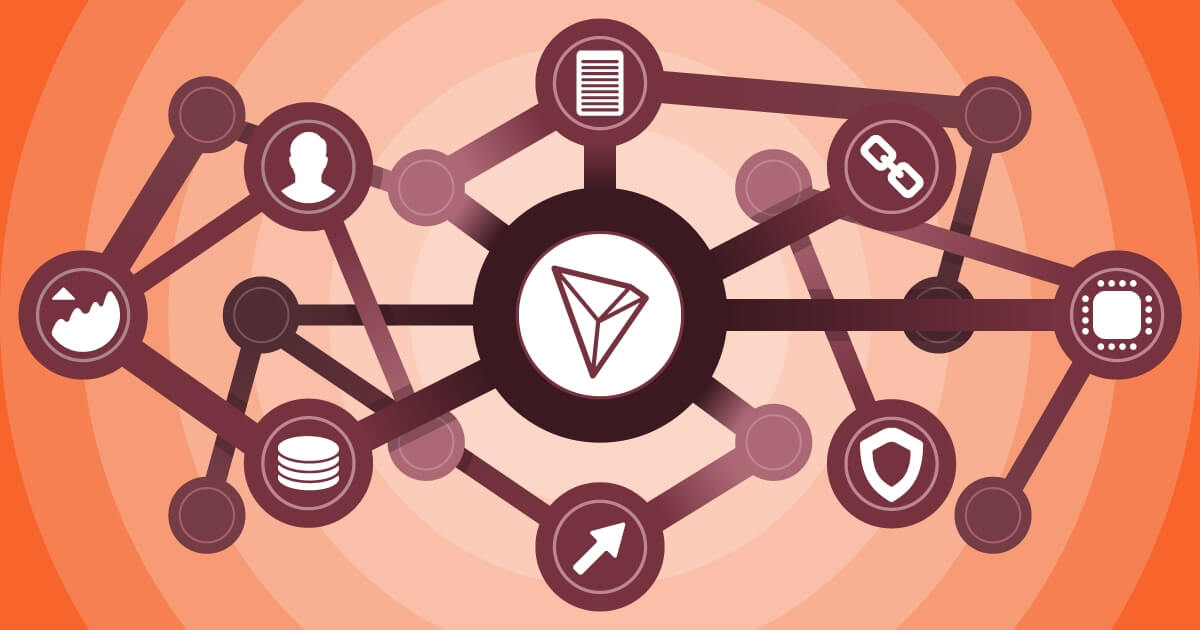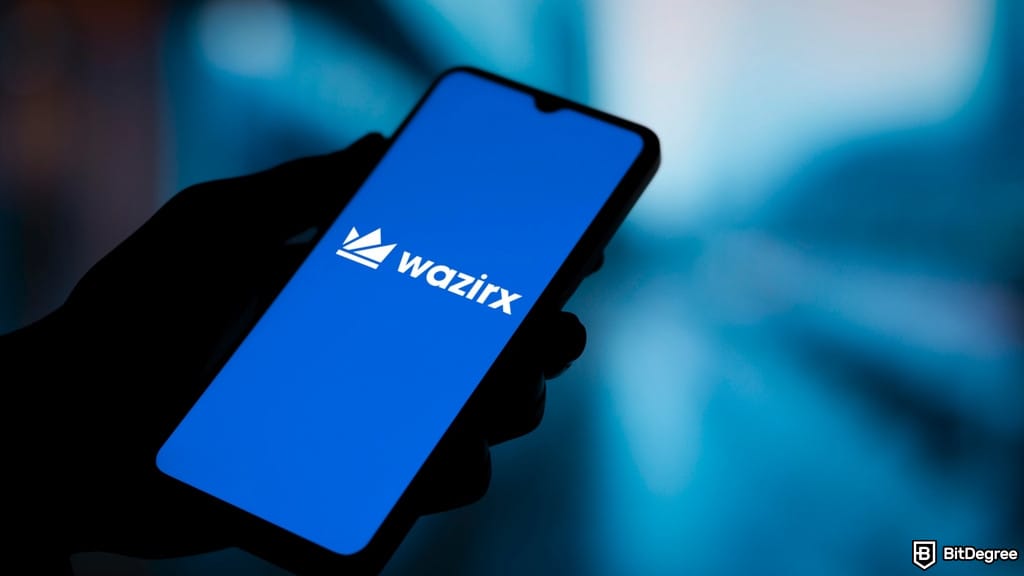Security has become a key concern in the world of DeFi. GRVT employs a hybrid approach to enhance protection in this growing ecosystem. Their model blends centralized security features with decentralized systems, offering a unique solution for a space that is often criticized for its lack of institutional-grade safeguards.
GRVT aims to address the weaknesses seen in DeFi, particularly the risks associated with transparency and user control. By integrating security features into every part of their platform, they ensure that vulnerabilities are addressed promptly and effectively.
The introduction of a “shift-left security philosophy” means that GRVT doesn’t wait for issues to arise; instead, they pre-emptively tackle them at every level of the platform, from development to user interaction.

Did you know?
Want to get smarter & wealthier with crypto?
Subscribe – We publish new crypto explainer videos every week!
What is Polygon in Crypto? (Animated Explainer)

According to GRVT’s Head of Security, Chris Thomas, the platform’s focus on transparency contrasts sharply with past incidents like the FTX collapse, where poor operational practices led to the misuse of customer funds. GRVT’s hybrid model ensures that even while maintaining a transparent, decentralized framework, users remain in control of their assets, greatly reducing the chances of foul play.
Then there’s the incorporation of both Web2 and Web3 security measures. With traditional DEXs, if a private key is compromised, all is lost. Minh Pham, Head of Blockchain at GRVT, pointed out that the platform changes this by adding another layer of protection through familiar Web2 controls, such as 2FA and password logins.
These, combined with Web3 features like private keys and on-chain Role-Based Access Control (RBAC), make GRVT’s security model robust and multi-layered.
Lastly, the Validium network GRVT uses adds another unique element to their security stack. Aaron Ong, the co-founder & CTO of the company, explained that Validium operates on a private Layer-2 chain, ensuring that transaction details remain secure and invisible to potential hackers.
Unlike public L2 chains, where transactions can be observed and potentially exploited, GRVT’s private L2 adds an extra shield by limiting transaction visibility.
Beyond security, user experience is a major priority for GRVT. Minh emphasized the goal of creating a platform with zero learning curve. The aim is to design a user-friendly interface that doesn’t overwhelm users with technical jargon or unnecessary steps.








